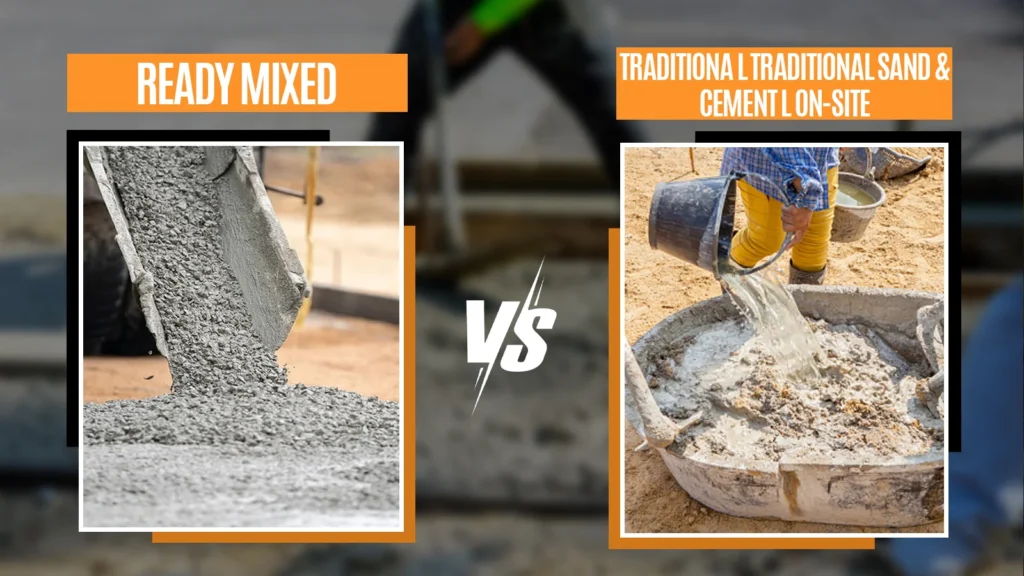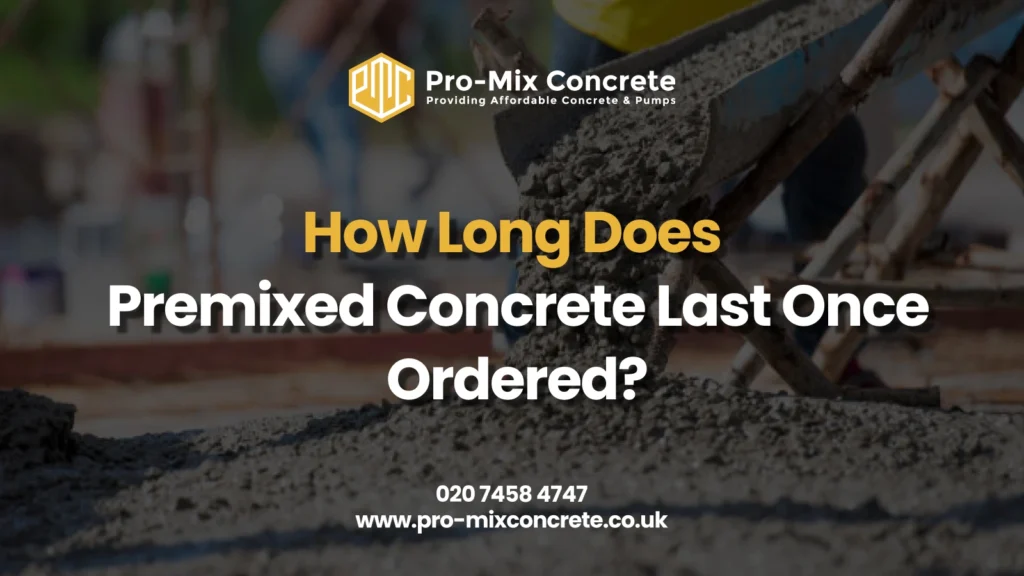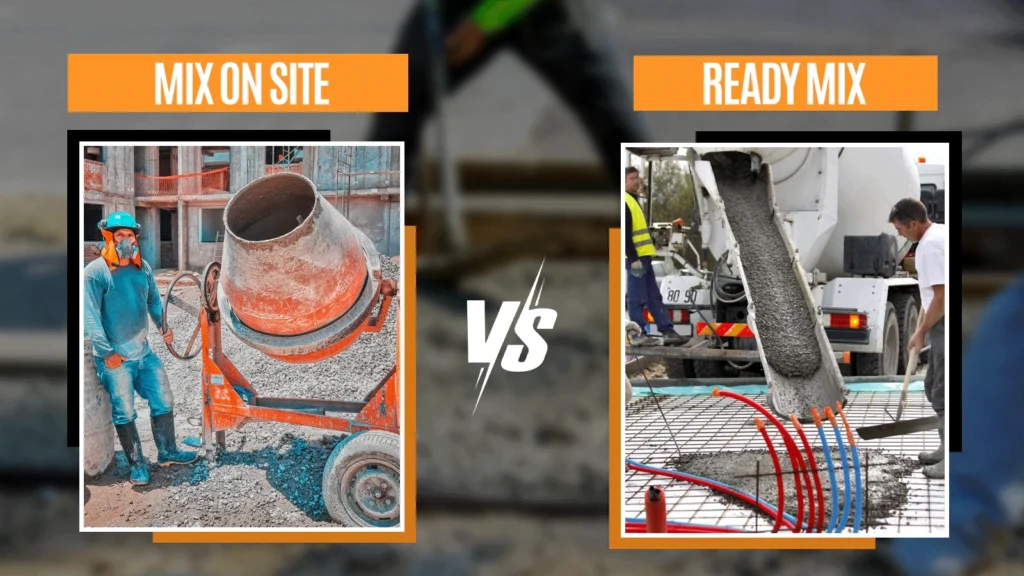How To Paint, Polish, and Clean Concrete: Complete Guide
To transform concrete, clean and repair the surface first, then choose the right paint or polish based on traffic and environment. Apply thin coats of primer and paint or grind with progressively finer diamond pads for polishing. Use pH-neutral cleaners and reseal every 5–10 years for long-lasting results. Concrete surfaces in homes and businesses across […]
How To Paint, Polish, and Clean Concrete: Complete Guide Read More »









